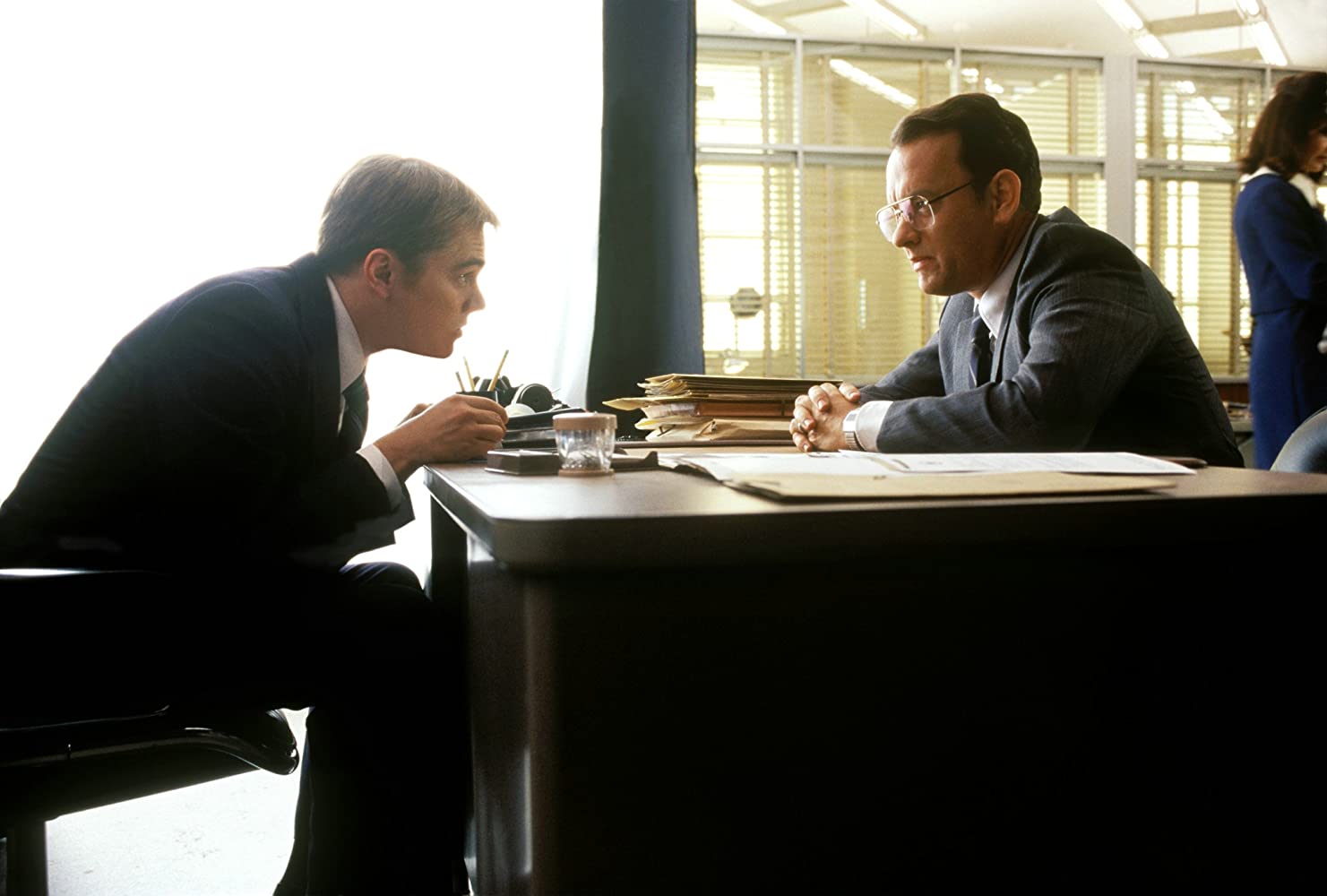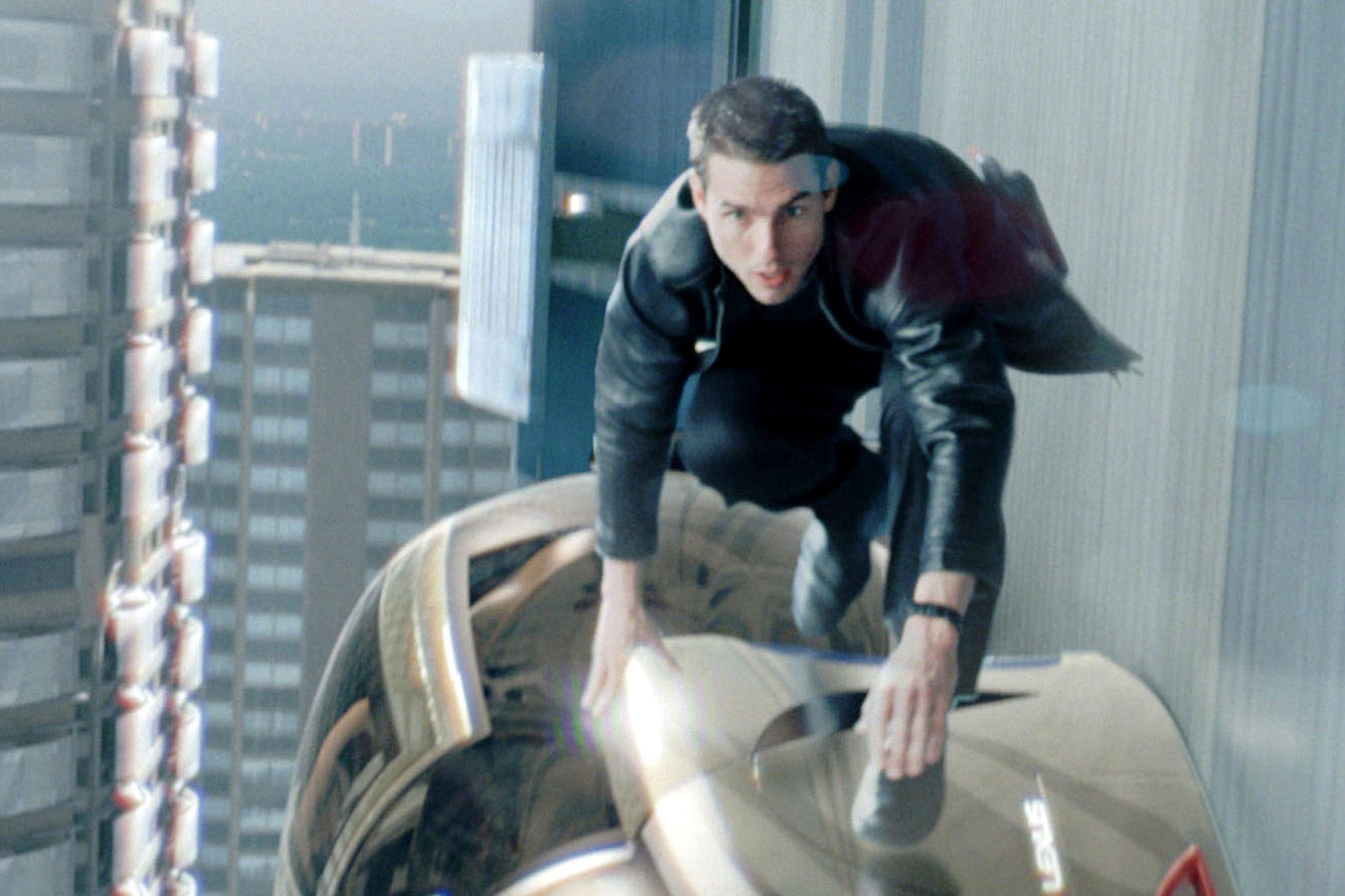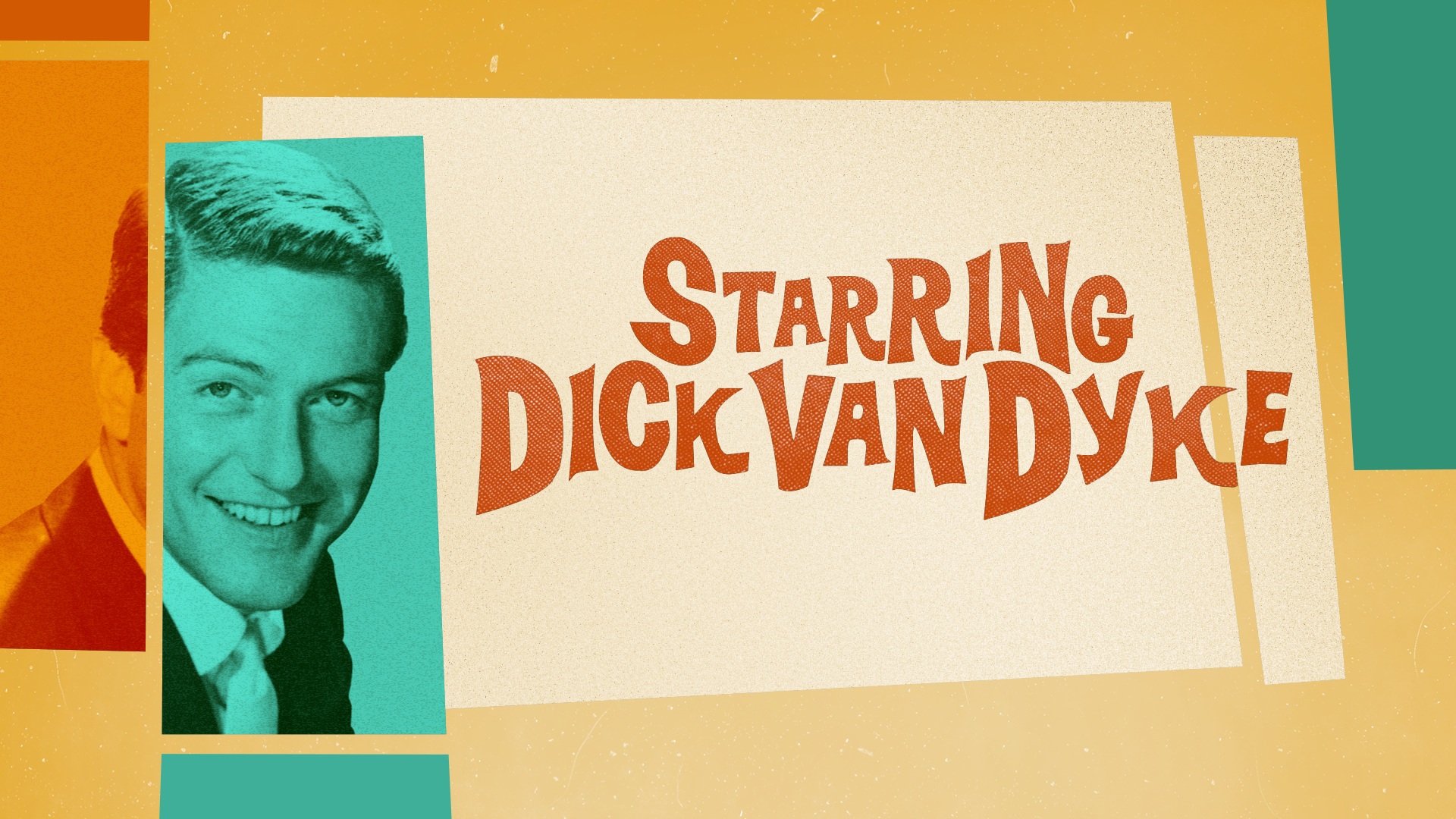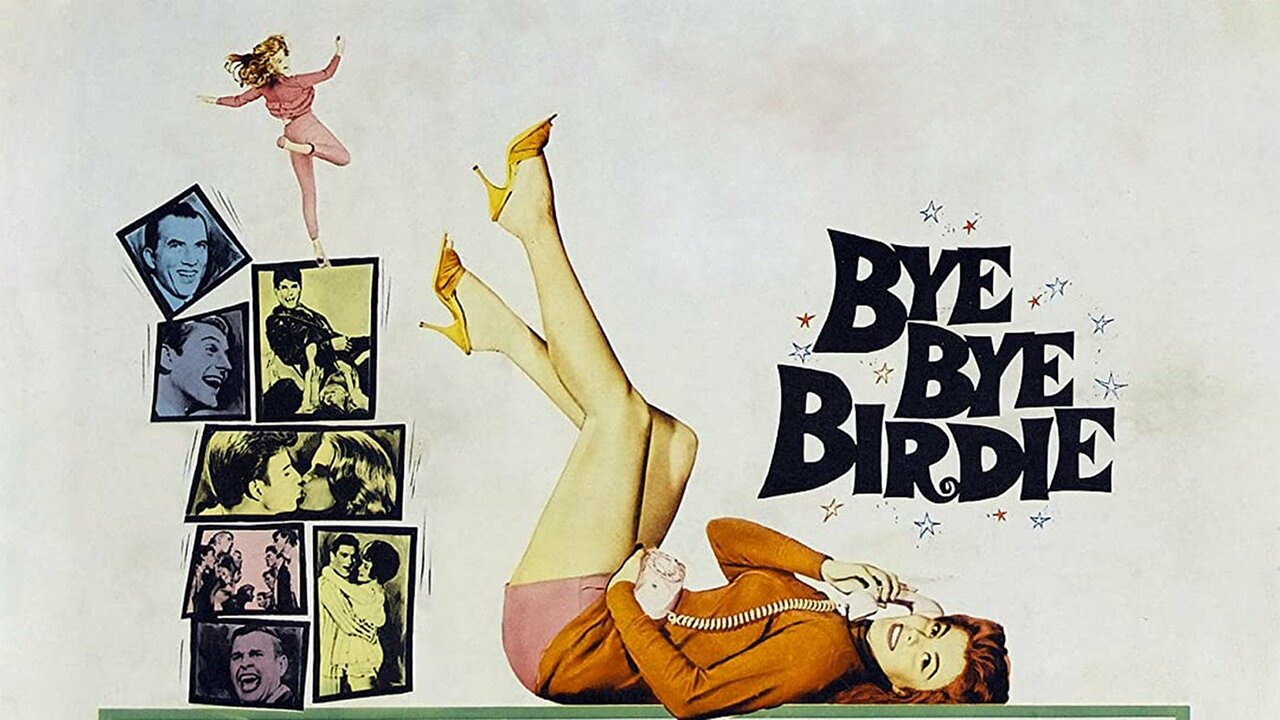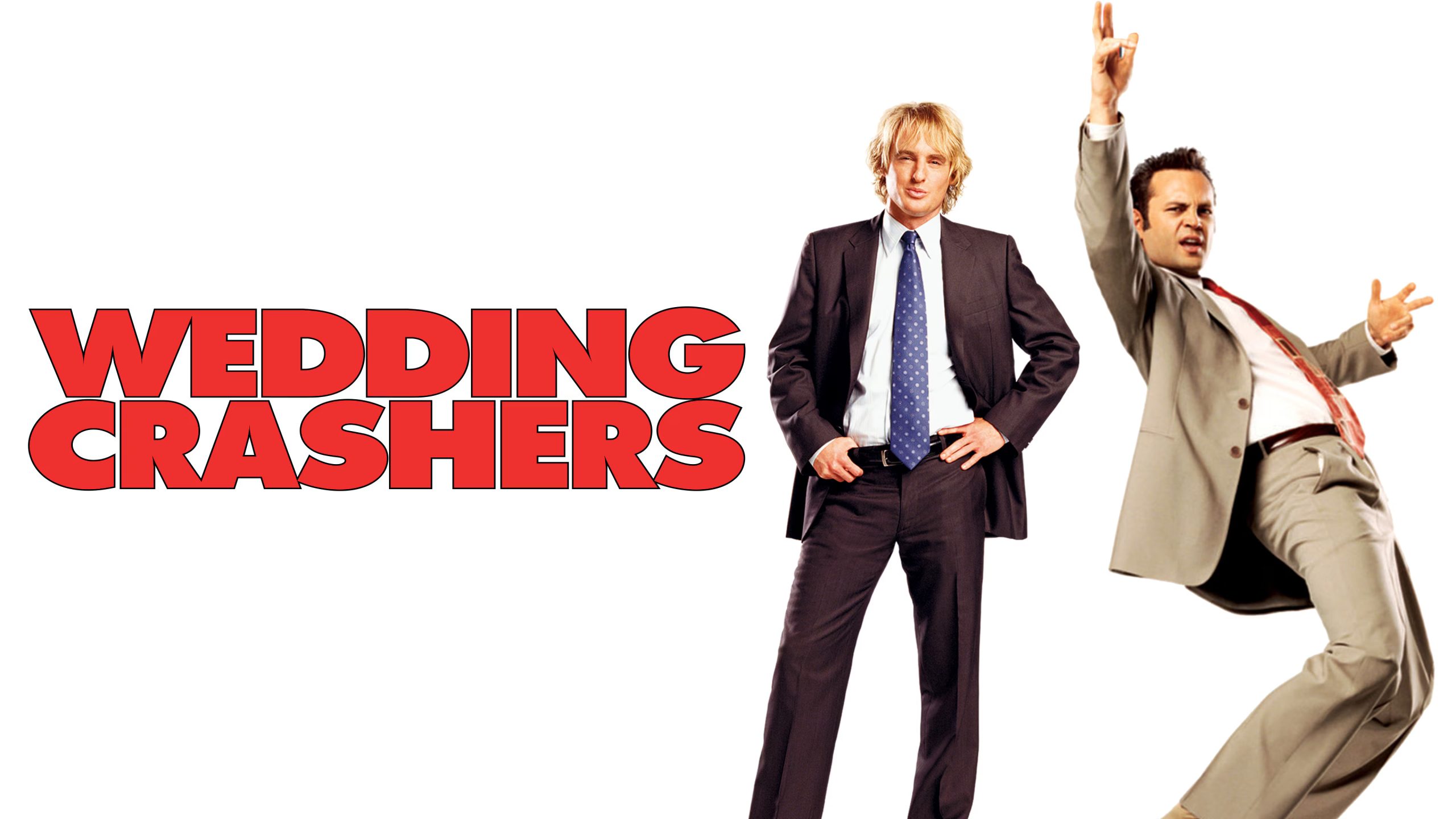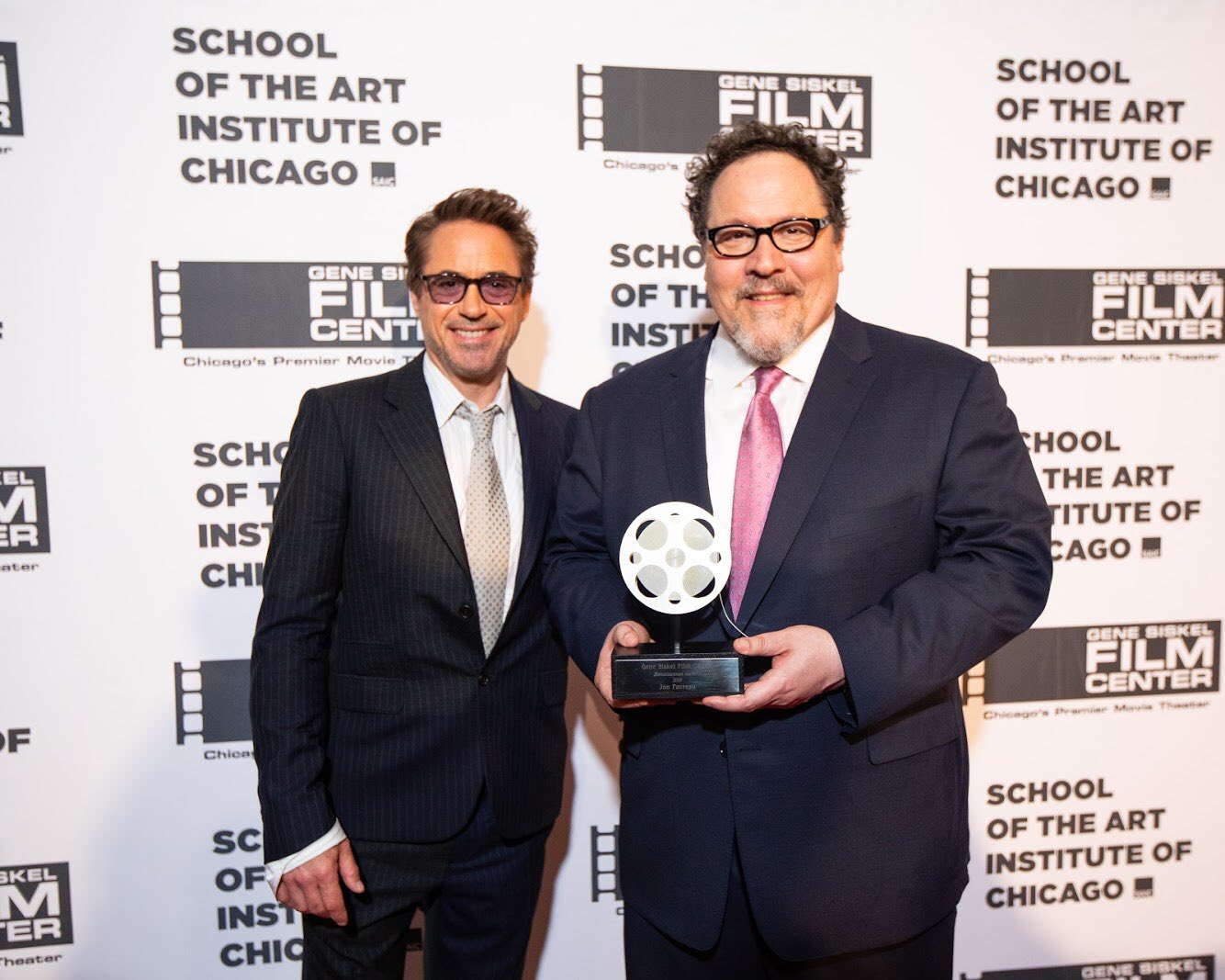
Actor-writer-director Jon Favreau was on hand Saturday night in Chicago to receive the 2019 Gene Siskel Film Center Renaissance Award.
Before accepting the award, Jon Favreau was joined in conversation by Iron Man star Robert Downey Jr. This made for a pleasant but entertaining evening as the two went down memory lane. The two spoke about a lot of things–including how not directing Iron Man 3 would lay the groundwork for Chef. This is because Favreau would have “hold days” during production. Similarly, Cowboys and Aliens failing would also play a role.
“You can’t tell when you’re making a movie if people are going to like it,” Favreau said.
Of focusing Chef on the food business: “You can’t really write about the movie business but food looks so good on film.”
Towards the end of the evening, Robert Downey Jr. would ask Jon Favreau about the changes in technology. While Disney will release the Favreau-directed The Lion King this summer, The Jungle Book proved to be an evolution in technology when it was released in 2016. The Jungle Book was proudly represented with a clip of Mowgli (Neel Sethi) and Baloo (Bill Murray) singing “The Bare Necessities.”
Robert Downey Jr.: You’ve gone from our stuff and everything that we’ve known from to doing The Jungle Book with just the one actor and now upcoming The Lion King–no live actors, just voice. How did our time together inform that trajectory where you don’t have a human being in the movie?
Jon Favreau: I started off not being–in certain films, I like CGI. In Jurassic Park, I love the CGI. There’s so many movies that I didn’t like the CGI. I felt like it wasn’t something that appealed to me. I liked miniatures, models, animatronics, and the stuff that I grew up with. Then with Iron Man, I learned about–because it had hit a certain point technologically and working with Stan Winston at the time–who built the suits–so we had real suits. We mixed the real stuff with the fake stuff like they did in Jurassic Park with Stan Winston’s puppets and things. I started to get fooled by the hard surface stuff like the metal, which is a lot easier to get than fur. At the time in 2008, there were shots there that I couldn’t tell the difference. I said, Okay, if I can’t tell the difference, then it’s ready for prime time. As things have evolved and changed and I understand the technology behind it–when you do these big movies and can put resources into research and development for new technologies and ask them to try and develop things that are convincing.
Like the water scenes in that were really good. If you saw, we did that–it was just a small swimming pool. There was no background and we shot in Los Angeles. All the trees and animals and bear, it was all fake. Some things CGI can get right. The thing is you don’t ask too much of the technology. Don’t ask for more of it than it can deliver. With each step, you can go a bit further. That’s the magic trick, right? The tech is the magic. When you have the magic and you have the old story, you get the new tech and the old story–that’s what Walt Disney used to do. You mix the old stories that we all want to hear but you package it in a way where it brings all the–for the kids. Because really, it’s for the kids…
I’ve come full circle in a lot of ways. One with us. One, here there’s Bill Murray, one of my heroes and I got to work with him. I was up here ten years ago interviewing George Lucas and George Lucas’ whole thing was Joseph Campbell, The Power of Myth: Hero’s Journey. Now I’m working on a Star Wars project and I’ve spoken to him a lot. Like I said, you need a lot of Yodas in your life. You need a lot of people that can teach you. He’s very aware of what he’s done and why. It’s not just instinct. It was very thoughtful and deliberate. He’d reinforce it, He says, “Look, your main audience is kids who are coming of age.” That’s really who the stories are for because you’re teaching them what to do, what not do. Of course, as adults, we like it, too. But really, it’s about–the monomyth is about the hero coming of age. So you’re teaching them how to succeed in this journey of life without having to make the mistakes themselves. If they can remember and vicariously experience these adventures, you’re reinforcing the value system within them….if you can really learn about the technology, you can marry those things up and I think that’s where you start to hit the fun part of storytelling.
